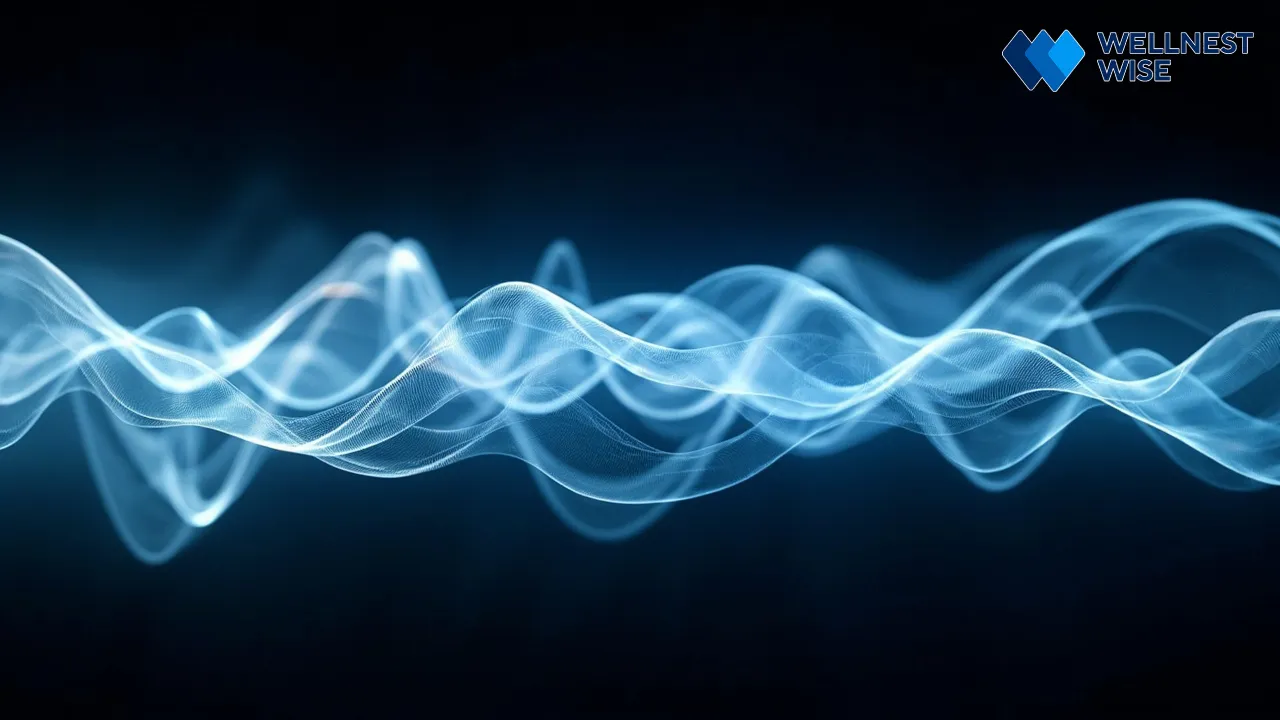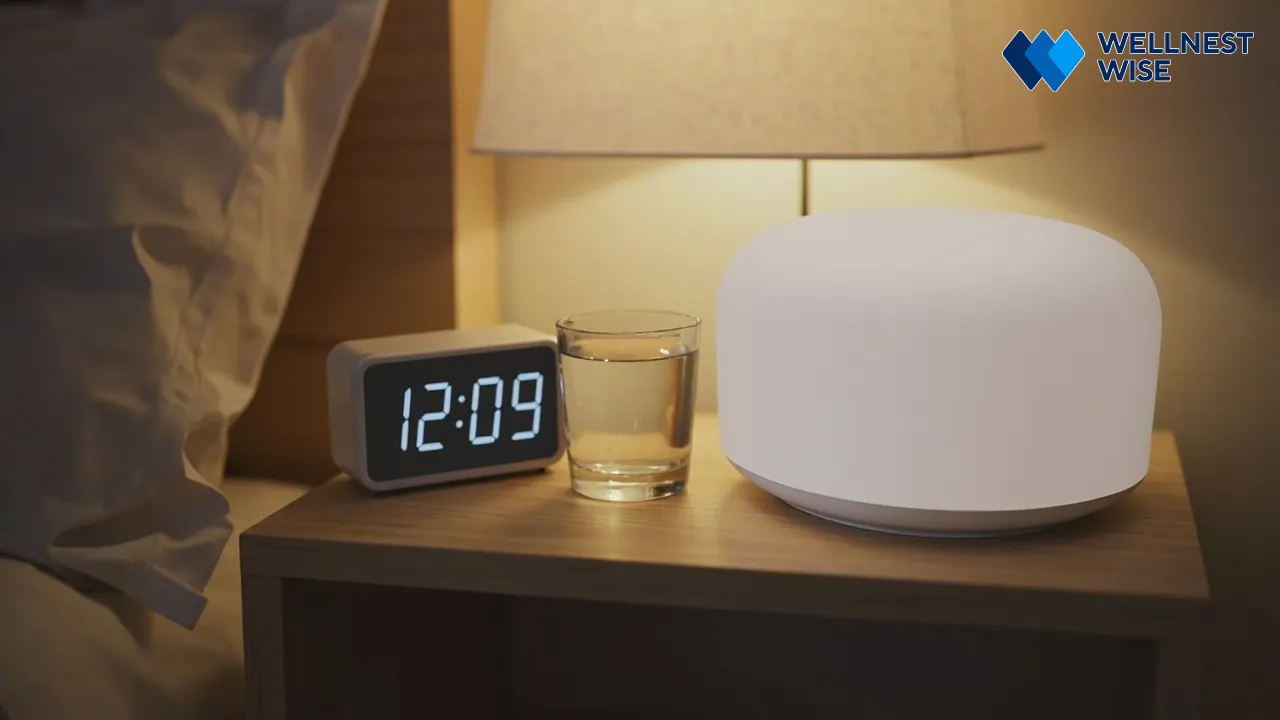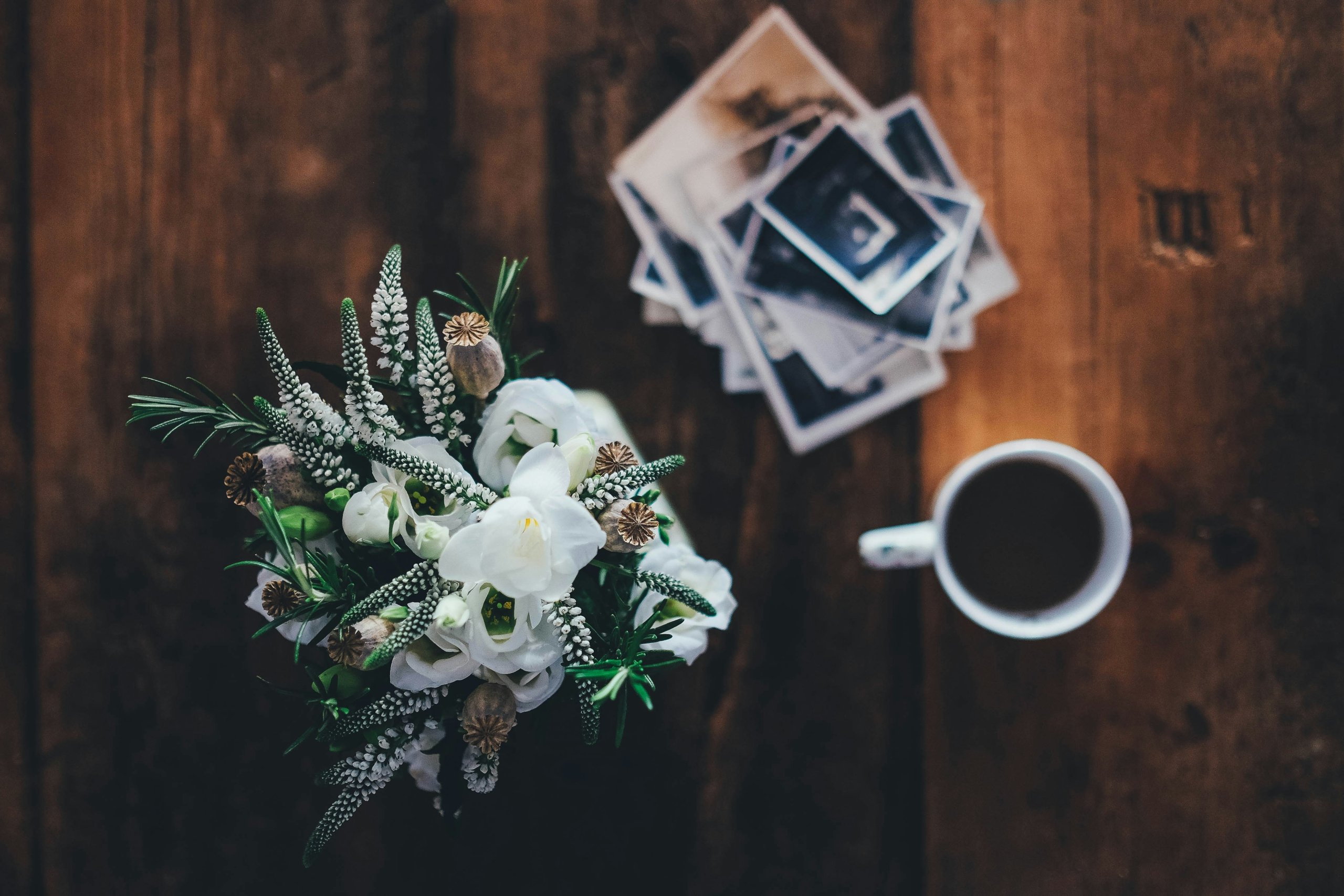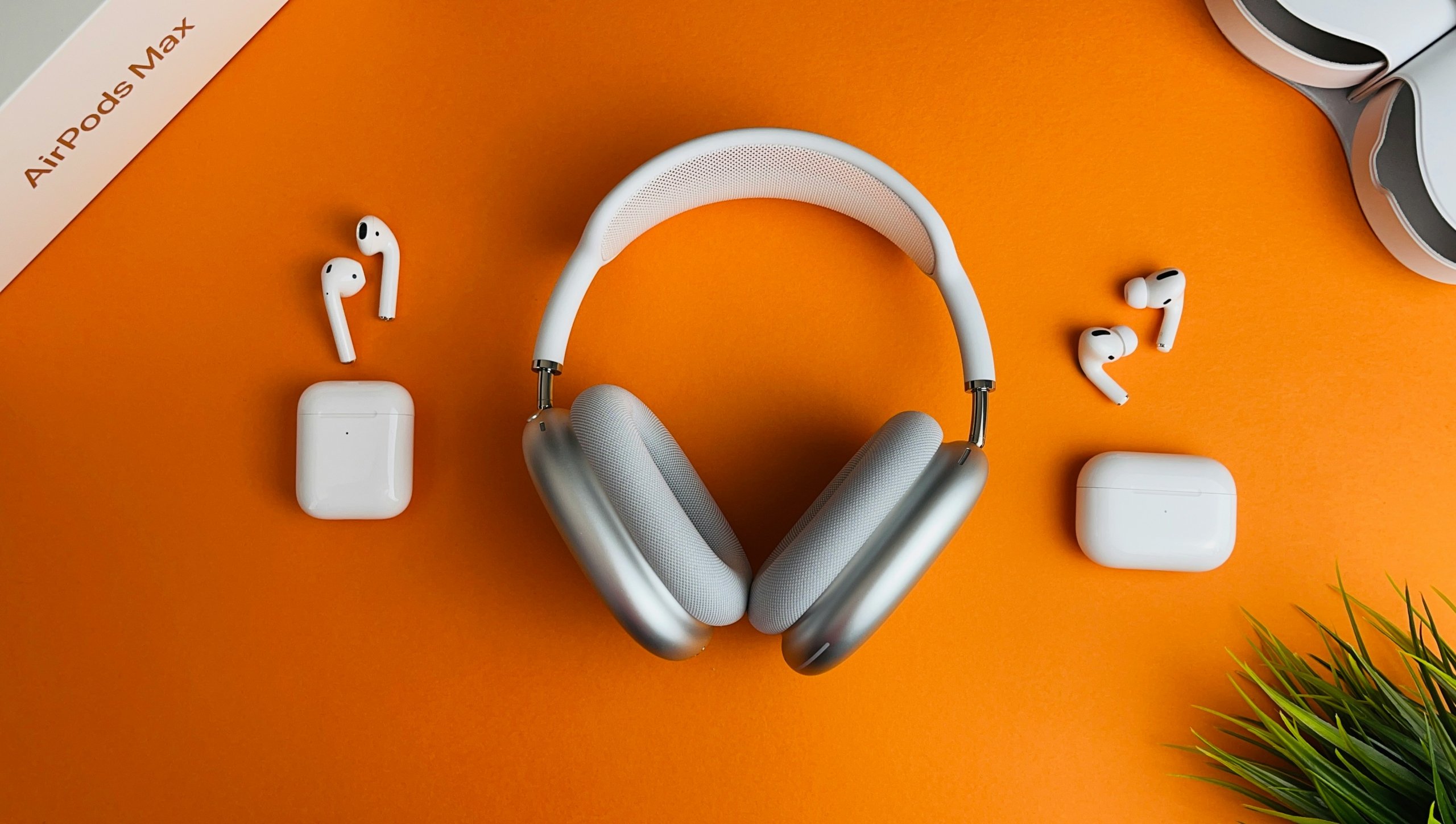Living in our modern world, the symphony of daily life—from bustling city streets to unpredictable household noises—can often disrupt the essential calm needed for a good night’s rest. I remember once struggling in a busy urban apartment, where sirens and chatter frequently shattered my sleep, leaving me drained. Seeking a solution, I discovered white noise for sleep. Initially, the idea of adding more sound seemed counterintuitive, but the steady, consistent hum created a peaceful cocoon, effectively masking the jarring interruptions outside. It wasn’t long before I was falling asleep faster and waking up genuinely refreshed, regaining control over my nightly restorative process. This guide will help you understand how this simple yet powerful tool can transform your nights and lead to deeper, more peaceful sleep.
Understanding White Noise: The Science of Sound for Sleep
The quest for restful sleep often leads us to explore various solutions, and among the most scientifically supported is white noise. Far from being just “background noise,” white noise plays a sophisticated role in creating an environment conducive to slumber by engaging our auditory system in a unique way. It acts as a consistent sound blanket, skillfully masking the sharp, intermittent disturbances that often fragment our sleep cycles, ultimately paving the way for undisturbed rest.

What Exactly is White Noise? Defining the Auditory Spectrum
At its core, white noise is a sound that encompasses all audible frequencies played simultaneously at similar intensities. Think of it like white light, which contains all colors of the visible spectrum. When you hear white noise, it often sounds like a steady “shhh,” the hiss of an untuned radio, or a consistent fan hum. This unique composition means it doesn’t favor any particular pitch, creating a flat sound spectrum that our ears perceive as uniform and non-distracting.
The Physics of Consistent Frequency Distribution
From a physics perspective, white noise is characterized by a constant power spectral density across the entire human hearing range. This means that every frequency, from the lowest rumbles to the highest whistles, is present at equal energy levels. This even distribution is key to its effectiveness, as it fills the auditory landscape uniformly, rather than drawing attention to specific sounds.
How White Noise Works: The Principle of Auditory Masking
The primary mechanism behind white noise’s sleep-enhancing ability is auditory masking. Our brains are highly attuned to changes in our sound environment. A sudden creak, a passing car, or a distant siren can instantly pull us out of sleep or prevent us from falling asleep. White noise provides a constant, broadband sound that effectively “covers up” these abrupt changes. It raises the overall baseline of sound, making the sudden spikes of disruptive noises less noticeable.
Reducing Cognitive Arousal from Environmental Disruptions
By masking sudden noises, white noise helps reduce cognitive arousal. When our brains perceive a novel or threatening sound, they activate, increasing alertness. A continuous, unchanging white noise provides no new information for the brain to process, allowing it to relax and remain in a restful state. This smooth auditory backdrop prevents the brain from “listening out” for potential disruptions, thus maintaining a tranquil mental state.
Impact on Sleep Architecture: Stabilizing Brain Waves for Deeper Rest
Research suggests that white noise for sleep can positively impact our sleep architecture – the cyclical pattern of sleep stages. By preventing environmental disturbances from pulling us out of deeper sleep stages, such as Non-Rapid Eye Movement (NREM) sleep (where delta waves are dominant), white noise helps maintain sleep continuity. This stabilization of brain waves allows us to spend more time in restorative sleep, leading to a more profound sense of restfulness upon waking.
The Proven Benefits of White Noise for Enhanced Sleep Quality
For many, the search for better sleep isn’t just about longer hours; it’s about achieving genuinely restorative rest. This is where the proven benefits of white noise shine, offering a non-pharmacological pathway to significantly improved sleep quality. By creating a stable and predictable sound environment, white noise helps our bodies and minds transition more easily into slumber, stay asleep longer, and experience deeper, more refreshing rest, even amidst everyday disturbances.

Facilitating Sleep Onset: Falling Asleep Faster
One of the most immediate white noise benefits is its ability to facilitate sleep onset. For individuals who find their minds racing or are easily distracted by minor sounds when trying to sleep, the consistent hum of white noise provides a comforting mental anchor. It drowns out both external sounds and internal anxieties, helping the brain to disengage from environmental stimuli and enter a relaxed state more quickly. Clinical trials indicate white noise can reduce sleep onset latency (the time it takes to fall asleep) by masking environmental noise [2].
Minimizing Nighttime Awakenings: Sustaining Sleep Continuity
The continuous nature of white noise is particularly effective at preventing those jarring awakenings that can fragment a night’s rest, thereby sustaining sleep continuity. Its consistent soundscape buffers against sudden changes in auditory input, allowing the brain to remain in deeper sleep stages.
- Reduced impact of sudden noises: White noise efficiently dampens sharp, intermittent sounds such as traffic horns, barking dogs, or neighborly chatter. It creates a higher baseline sound level, making abrupt noises less jarring and less likely to trigger an awakening response.
- Creating a predictable sound environment: The human brain thrives on predictability, especially during sleep. A constant, unchanging sound backdrop is far less stimulating than an unpredictable one where silence is punctuated by sudden, jarring noises. This predictable environment fosters a sense of safety and calm.
- Promoting undisturbed sleep cycles: By minimizing external interruptions, white noise helps the brain maintain the natural progression through various sleep cycles, including crucial NREM and REM stages. This uninterrupted journey through sleep architecture is vital for both physical and mental restoration. Clinical trials indicate white noise can improve sleep efficiency by approximately 6-12% in individuals exposed to high background noise [2].
Improving Overall Sleep Quality and Restorativeness
Beyond just falling asleep faster and staying asleep longer, white noise for sleep contributes significantly to the quality and restorativeness of your sleep. When sleep is uninterrupted, the body can more effectively perform its restorative functions, such as tissue repair, hormone regulation, and memory consolidation. Users often report feeling more refreshed and energized in the morning, attributing it to the deeper, more consistent sleep facilitated by white noise.
Potential Relief for Insomnia and Tinnitus Sufferers
White noise offers a promising, non-invasive solution for specific sleep challenges. For those battling insomnia relief due to environmental factors, it acts as a crucial barrier against noise-induced wakefulness. Moreover, for individuals suffering from tinnitus (a persistent ringing or buzzing in the ears), white noise can provide significant relief. Its consistent sound can help mask the internal ringing, making it less noticeable and allowing the brain to habituate to a more pleasant external sound. White noise is particularly beneficial for infants and hospital patients with disturbed sleep, reducing nighttime awakenings by up to 30% in some studies [2].
Beyond White: Exploring Pink Noise, Brown Noise, and Other Sleep Sounds
While white noise for sleep is a well-known concept, the world of ambient sound for relaxation extends far beyond just white. Just as different colors of light offer unique visual experiences, various “colors” of noise provide distinct auditory landscapes, each with its own characteristics and potential benefits for sleep and well-being. Understanding these variations can help you pinpoint the perfect sonic companion for your nightly routine.

Decoding “Noise Colors”: Understanding Their Unique Sound Signatures
The terms “white,” “pink,” and “brown” noise are derived from the way sound energy is distributed across the frequency spectrum, much like how light colors are defined. Each “color” represents a unique sound signature:
- White noise: Even energy across all frequencies, sounding like a constant hiss.
- Pink noise: More energy in lower frequencies, sounding softer and more natural.
- Brown noise: Even more energy in lower frequencies, creating a deeper, rumbling sound.
These distinctions mean that while all aim to create a calming backdrop, their perceived feel and effectiveness can vary significantly from person to person.
Pink Noise: A Deeper, More Natural Soundscape for Sleep
Pink noise is often described as sounding “softer” or “deeper” than white noise. This is because its energy decreases by 3 decibels per octave as frequency increases, meaning lower frequencies are more dominant. Many compare it to natural sounds like a steady rainfall, rustling leaves, or ocean waves. Research suggests pink noise may be even more effective than white noise for deepening slow-wave sleep and improving memory consolidation due to its closer resemblance to natural acoustic environments and potentially better synchronicity with brain waves.
Brown Noise: The Rumble for Relaxation and Focus
Also known as Brownian noise or red noise, brown noise has even more power in the lower frequencies than pink noise, with energy decreasing by 6 decibels per octave. This gives it a deep, rumbling quality, similar to a powerful river current, a strong wind, or even a low roar. Many find brown noise exceptionally soothing for relaxation, and some report it helps with focus and meditation. Its deep tones can be particularly effective at masking low-frequency environmental sounds, creating a profoundly calming and enveloping auditory experience.
Comparing White, Pink, and Brown Noise: Which is Best for You?
Choosing the ideal “noise color” is a personal journey. What works wonders for one person might be distracting for another. Consider the characteristics and effects of each to find your perfect match.
| **Noise Type** | **Sound Characteristics** | **Frequency Distribution** | **Common Use Cases** | **Perceived Effect on Sleep** |
|---|---|---|---|---|
| :————- | :————————— | :——————————– | :——————————- | :———————————– |
| White | Hissing, “shhh” sound | All frequencies evenly | Masking environmental noise | General masking, alertness reduction |
| Pink | Softer, rainfall, rustling | Lower frequencies dominant | Deeper relaxation, natural sounds | Deeper sleep, calmer |
| Brown | Deep rumble, river current | Even lower frequencies, deep bass | Relaxation, focus, blocking LF noise | Profound relaxation, focus, deeper sleep |
Other Ambient Sleep Sounds: Nature and Binaural Beats
Beyond the “colors” of noise, a vast world of other ambient sleep sounds exists. Nature sounds, such as ocean waves, gentle rain, forest ambiences, or crickets chirping, leverage our primal connection to the outdoors, often proving deeply calming. Another category is binaural beats, which involve playing two slightly different frequencies to each ear. The brain perceives a third “beat” frequency, which some users find can induce states of relaxation or focus, depending on the specific frequency difference. These options provide even more personalized avenues for optimizing your sleep environment.
Practical Application: How to Effectively Incorporate White Noise into Your Routine
Integrating white noise for sleep into your nightly routine doesn’t have to be complicated. With a clear understanding of your options and a few practical guidelines, you can create a highly effective sonic sanctuary that consistently supports deeper rest. The goal is to find your personal sweet spot regarding device, volume, and timing, making white noise a seamless and beneficial part of your overall sleep hygiene.

Choosing the Right Device: White Noise Machines vs. Apps
When selecting the best white noise for sleep, you essentially have two main categories of devices, each with its pros and cons.
Dedicated Sound Machines: Features and Considerations
Dedicated sound machines are purpose-built devices designed solely to produce ambient noise. They often offer a higher quality, continuous sound loop without interruptions, and can come with a variety of built-in sounds (white, pink, brown, nature sounds), timers, and precise volume controls. Their lack of connectivity also means no notifications or screen light, making them ideal for truly unplugged sleep. When choosing, look for models with a wide range of sound options, a natural-sounding loop (avoiding obvious repetitions), and robust build quality.
Smartphone Apps and Online Resources: Convenience vs. Quality
Smartphone apps and online resources offer unparalleled convenience and accessibility. Many free and paid apps provide a vast library of sleep sounds, including various noise colors. While highly portable and easy to use, they do come with trade-offs. Notifications can interrupt the sound, phone speakers may not offer the best sound quality, and the device’s light can be a distraction. If using an app, ensure it has a good variety of sounds, allows background playback, and consider using it with external speakers for better sound fidelity.
Optimal Volume and Proximity: Finding Your Decibel Sweet Spot
Finding the right volume is crucial for effective and safe white noise for sleep. The goal isn’t to blast loud sound, but to create a gentle, consistent backdrop that masks disruptions without causing discomfort or potential harm. Place the device a few feet away from your head, ensuring the sound is audible but not overpowering. It should be loud enough to cover sudden noises, but soft enough that you can still hold a quiet conversation over it.
Understanding Safe Decibel Levels for Auditory Health
Protecting your auditory health is paramount. Prolonged exposure to high decibel levels can lead to hearing damage. Health experts generally recommend keeping ambient sleep sounds below 50 decibels, which is roughly the volume of a quiet refrigerator hum or soft rainfall [3]. Many dedicated sound machines and apps offer volume limiters or indicators. Always err on the side of caution and keep the volume as low as possible while still achieving the desired masking effect.
Timing and Duration: Integrating White Noise into Your Sleep Hygiene
For best results, integrate white noise into your regular sleep hygiene routine. Start the white noise machine or app about 15-30 minutes before you plan to fall asleep. This allows your brain to adjust to the soundscape and begin the winding-down process. Let it play continuously throughout the night, or use a timer if you prefer it to shut off after a few hours, though continuous play is often more effective for preventing middle-of-the-night awakenings. Consistency is key; using it every night helps train your brain to associate the sound with sleep.
Creating Your Ideal Sleep Environment: Beyond Just Sound
While white noise is a powerful tool, it’s just one component of an optimal sleep environment. For truly transformative rest, consider a holistic approach:
- Darkness: Ensure your bedroom is as dark as possible to promote melatonin production.
- Temperature: Keep the room cool, ideally between 60-67°F (15-19°C).
- Comfort: Invest in a comfortable mattress, pillows, and bedding.
- Routine: Maintain a consistent sleep schedule, even on weekends.
- Unplug: Avoid screens (phones, tablets, TVs) at least an hour before bed.
By addressing these elements in conjunction with white noise for sleep, you create a comprehensive sanctuary for deep, restorative rest.
Addressing Concerns: Potential Downsides and Smart Usage of White Noise
While the benefits of white noise for sleep are compelling, it’s equally important to approach its use with awareness and care. Like any tool, understanding its potential limitations and practicing smart usage is key to maximizing its advantages while minimizing any drawbacks. Thoughtful integration ensures that white noise remains a helpful aid rather than becoming a source of new concerns, particularly regarding long-term use and auditory health.

The Question of Dependency: Can You Become Reliant on White Noise?
A common concern among users is the potential for dependency. While it’s unlikely to develop a physiological addiction to white noise for sleep, some individuals might experience a psychological reliance. This means finding it harder to fall asleep without the familiar sound, especially in a new or unusually quiet environment. This “habituation” is natural: your brain learns to associate the sound with sleep. To mitigate this, consider occasionally turning off the white noise on nights when your environment is naturally quiet, or gradually reducing the volume. Overuse or high volume exposure of white noise may result in dependency or temporary tinnitus symptoms if not managed carefully [3].
Auditory Health: Preventing Potential Damage from Excessive Volume
Protecting your hearing is paramount. Prolonged exposure to high volumes, even of seemingly benign sounds, can potentially lead to hearing fatigue or even permanent damage over time. This is especially true if the sound source is too close to your ears.
Guidelines for Safe Listening and Volume Management
To ensure auditory health and prevent potential damage, always prioritize low volume. As a general rule, your white noise machine or app should be set no louder than 50 decibels, similar to a soft conversation or gentle rainfall [3]. If you need to raise your voice to be heard over the white noise, it’s too loud. Place the device at least a few feet away from your head, and consider using a timer to shut it off after you’ve fallen asleep, giving your ears a break during the deepest sleep cycles.
When White Noise Might Not Be the Best Solution
While effective for many, white noise for sleep isn’t a universal panacea. For some, the continuous sound itself can be a distraction rather than a comfort. Individuals with certain types of hearing loss or specific sensitivities might find it irritating. If your sleep issues stem primarily from underlying medical conditions like sleep apnea, restless legs syndrome, or severe anxiety, white noise might only offer superficial relief and shouldn’t replace professional medical advice or treatment. It’s crucial to consult a healthcare provider for persistent sleep problems.
Integrating White Noise Mindfully: A Balanced Approach to Sleep Improvement
Ultimately, the most effective use of white noise involves a mindful, balanced approach. See it as a helpful tool within a broader strategy for sleep improvement, rather than the sole solution. Experiment with different “colors” of noise, volumes, and durations to find what truly resonates with your body and mind. Pay attention to how you feel each morning. If white noise enhances your sleep and wellbeing without creating undue reliance or auditory discomfort, it’s a valuable addition to your nightly ritual. If you find yourself struggling, don’t hesitate to adjust your approach or seek expert guidance.
Conclusion & Takeaways
In our increasingly noisy world, achieving truly restorative sleep can feel like a constant battle. However, as we’ve explored, white noise for sleep offers a scientifically supported and widely accessible solution. By leveraging the principle of auditory masking, white noise creates a consistent sonic environment that effectively drowns out disruptive noises, paving the way for faster sleep onset, fewer nighttime awakenings, and ultimately, a more profound and refreshing rest.
We’ve delved into the science behind its effectiveness, differentiated between white, pink, and brown noise to help you find your ideal soundscape, and provided practical advice on optimal usage—from choosing the right device to setting safe volume levels. While white noise is a powerful aid, remember to use it mindfully, integrating it into a comprehensive sleep hygiene routine and always prioritizing auditory health.
Embrace the power of sound to transform your sleep. Experiment, listen to your body, and discover how a little consistent hum can lead to significantly deeper, more peaceful nights. Your journey to enhanced sleep quality starts now.
FAQ
Practical, scientific Q&A
Does white noise really help you sleep better?
Yes, scientific research suggests that white noise for sleep can significantly improve sleep quality for many individuals. It works primarily through auditory masking, which means it creates a constant background sound that effectively covers up sudden, intermittent noises (like traffic or neighbors) that might otherwise wake you or prevent you from falling asleep. This leads to reduced sleep onset latency (how long it takes to fall asleep) and increased sleep continuity, allowing for deeper, more restorative sleep [2].
What type of white noise is best for sleeping?
The “best” type of noise for sleeping is highly individual. While traditional white noise provides an even distribution of all frequencies, sounding like a constant hiss, many people find pink noise (softer, more energy in lower frequencies, like rainfall) or brown noise (deeper rumble, even more low-frequency energy) more soothing. Experiment with different types and volumes to see which sound signature helps you relax and fall asleep most effectively. Dedicated white noise machines and apps often offer a variety of options to try.
Are there any downsides to sleeping with white noise every night?
While generally safe, there are a few considerations when using white noise for sleep nightly. The primary concern is auditory health: prolonged exposure to excessive volume can potentially lead to hearing fatigue or damage. It’s crucial to keep the volume below 50 decibels, similar to a soft conversation [3]. Additionally, some individuals may develop a psychological dependency, finding it harder to sleep without the sound. To mitigate this, consider occasionally turning off the white noise when your environment is quiet, or gradually lowering the volume over time. If you have underlying medical conditions affecting sleep, white noise should complement, not replace, professional medical advice.














